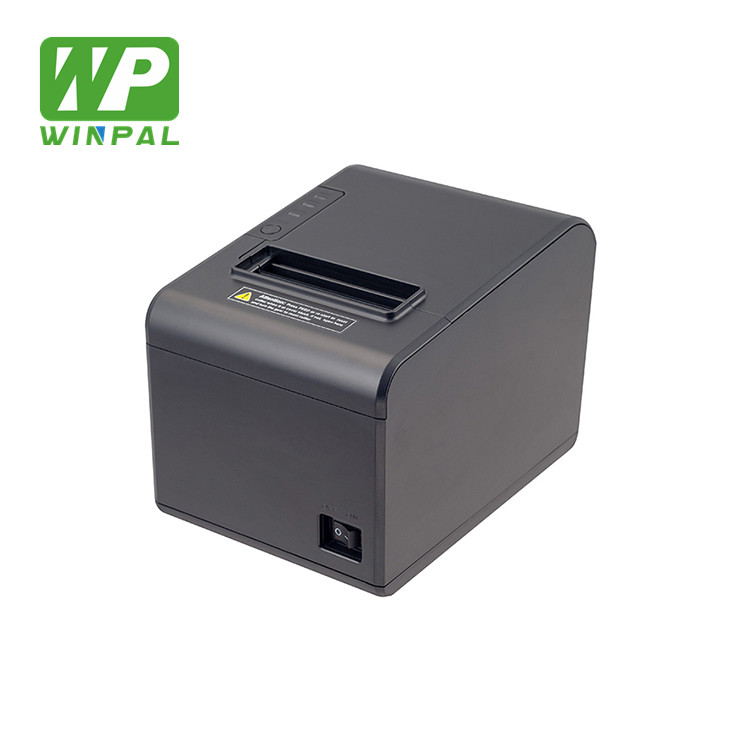With the rapid development of the Internet, some people predict that the paperless era is coming, and the end of the printer has come. However, global paper consumption is growing exponentially every year, and printer sales are increasing at an average rate of nearly 8%. All this indicates that not only will the printer not disappear, but it will develop faster and faster, and the application field will become wider and wider.
Nowadays, our office learning has become more and more inseparable from printing, whether it is the printing of materials in the office, the printing of students’ study materials, or the printing of receipts in the supermarket… We live in the subtleties that are already tight. surrounded by print. When it comes to printing, I can’t help but think of all kinds of printers, ranging from large printers in print shops to medium-sized printers in offices and receipt printers such as small receipts for takeaways, to small ones that can print sticky notes and photos that can be carried around. There are many types of printers and different styles.
The printer is one of the output devices of the computer. According to the technology used, it can be divided into cylindrical, spherical, inkjet, thermal, laser, electrostatic, magnetic, and light-emitting diode printers. With the emergence of more black technology, thermal printer technology has developed rapidly. Although it can only use special thermal paper, it is favored by more and more black technology enthusiasts because of its easy portability and simple operation. Next, let’s walk into the thermal printer to learn about some of its functions and functions, as well as the classification of different functions, so that when choosing a printer in the future, we can choose from a dazzling array of products that meet our needs without lack of creativity.
How thermal printers work
A light-colored material (usually paper) is covered with a clear film, which becomes dark after being heated for a period of time. The image is created by heating, which produces a chemical reaction in the film. The thermal printer selectively heats the thermal paper at a certain position, thereby producing corresponding graphics. Heating is provided by a small electronic heater on the printhead that is in contact with the heat-sensitive material. The same logic that controls the heating element also controls the paper feed, allowing graphics to be printed on the entire label or paper.
Advantages and disadvantages of thermal printers
Compared with other small printers, thermal printing is fast, low noise, clear printing and easy to use. However, thermal printers cannot directly print duplexes, and the printed documents cannot be stored permanently. If you need to print invoices, it is recommended to use needle printing. When printing other documents that do not need to be stored for a long time, it is recommended to use thermal printing.
Thermal Paper
If you use a thermal printer, most of the essentials are thermal paper. Its quality directly affects the printing quality and storage time, and even affects the service life of the printer. At present, the quality of thermal paper on the market varies, so you should pay attention to identification when purchasing thermal paper. It can be observed from the appearance that the quality of paper that is too white, has a low finish or looks uneven is not very good, it is better The paper should be slightly greenish. Another point that cannot be ignored is that there is a large amount of bisphenol A in thermal paper, and bisphenol A is harmful to human health, so when using it, you should pay attention to standardized use and reasonable placement.
Post time: Mar-11-2022





